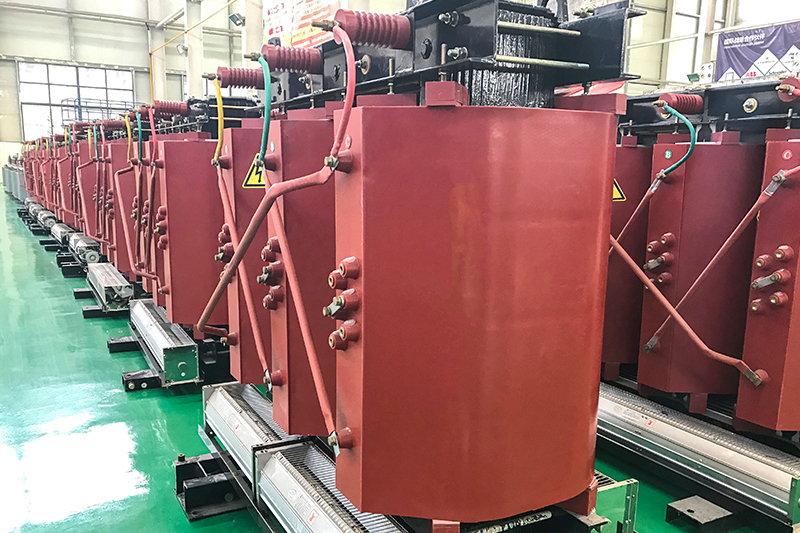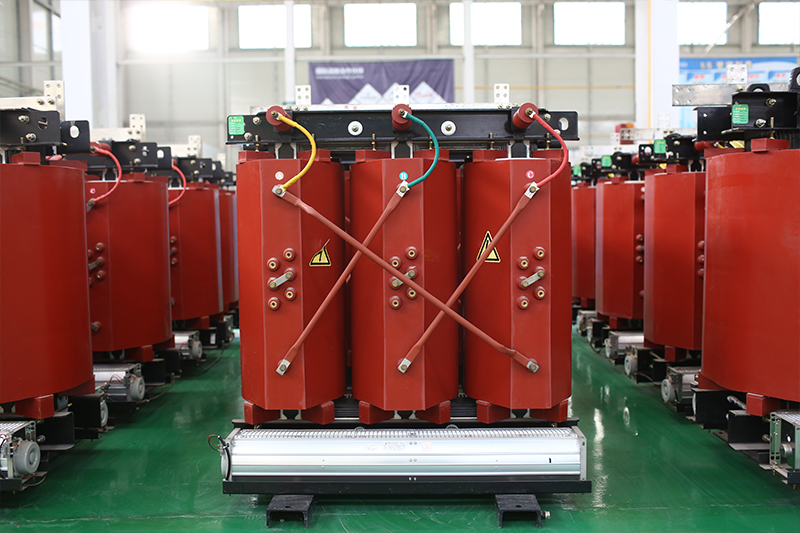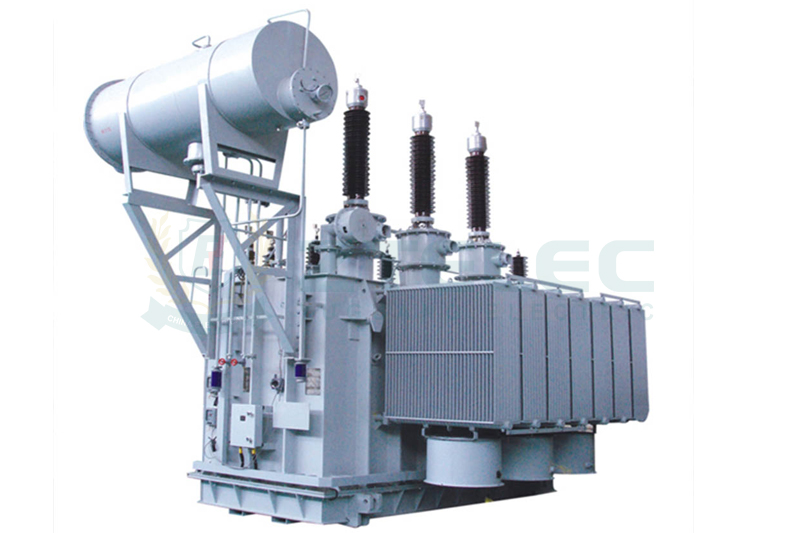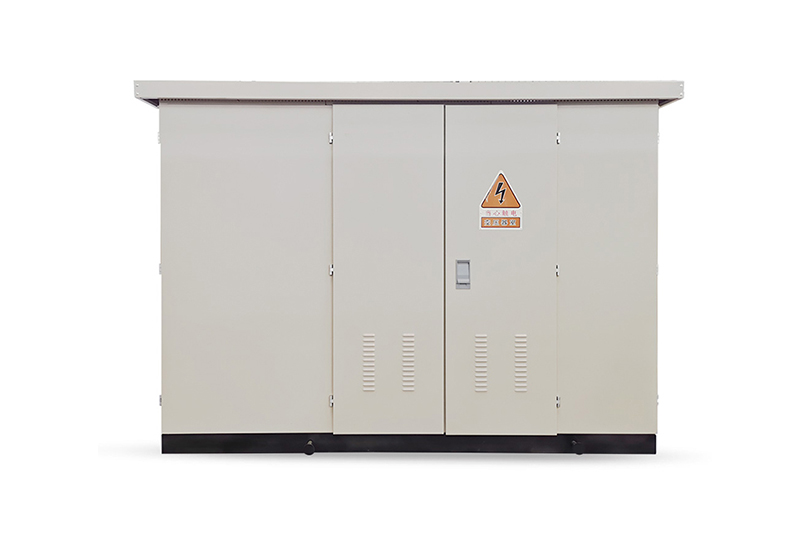Reliable 10kV–35kV Power Conversion Transformer: Full Analysis of Specifications, Prices and Applications
Time:2025-07-29 Auther:ZTelec-www.ztelectransformer.com
In modern power transmission and distribution systems, the 10kV–35kV power conversion transformer plays a crucial role as the core component that links power grids at different voltage levels. These transformers ensure efficient voltage conversion and stable energy transmission, contributing to the safe and reliable operation of electrical infrastructure. From urban grid construction and industrial power supply to renewable energy integration, 10kV–35kV transformers are indispensable across a wide range of applications. This article offers a detailed breakdown of technical specifications, price factors, and real-world use cases.

10kV–35kV Power Conversion Transformer Specifications
Voltage Level and Capacity: These transformers typically support dual-voltage systems such as 10kV/35kV, and some models extend to 110kV for regional substations. Standard capacities range from 50kVA to 6300kVA, while high-capacity versions can reach up to 50000kVA in three-winding configurations.
Voltage Regulation and Tap Changers: No-load tap changers are ideal for systems with stable voltage, requiring shutdown to adjust. In contrast, on-load tap changers allow adjustment under load, with ±1.25% steps across multiple gears, suitable for environments with frequent voltage variation.
Connection Group: Transformers using the Yyn0/d11 connection group balance three-phase loads and suppress harmonics. This setup ensures stable operation with grounded neutral points and effective fault control.
Loss and Energy Efficiency: Advanced models like the S11 transformer reduce no-load loss by 30% compared to S9, while S13 transformers using amorphous alloy cores cut no-load current by up to 70%. Copper windings offer lower load losses than aluminum, and performance varies based on insulation type and cooling method.
Cooling Method: Oil-immersed transformers offer superior heat dissipation and are suitable for outdoor, high-stress environments. Dry-type transformers use natural or forced air cooling and are ideal for indoor or fire-sensitive locations, with capacity increases of up to 50% under forced cooling.
Protection Level: IP23-rated transformers provide drip-proof protection for outdoor installations, while IP44-rated models resist splashing and are suitable for indoor or semi-outdoor environments, ensuring equipment reliability under varying conditions.

Factors Affecting the Price of 10kV–35kV Transformers
Cost Structure: Material costs make up the bulk of transformer pricing—copper windings (30%-40%), silicon steel sheets (20%-30%), and insulation materials. Advanced manufacturing processes such as vacuum casting and oil treatment improve quality but increase production cost.
Price Range Reference: Prices vary significantly by capacity and design. For example:
500kVA: Oil-immersed: ¥180,000–¥250,000; Dry-type: ¥260,000–¥350,000
1000kVA: Oil-immersed: ¥280,000–¥380,000; Dry-type: ¥420,000–¥550,000
1600kVA: Oil-immersed: ¥450,000–¥600,000; Dry-type: ¥650,000–¥850,000
3150kVA: Oil-immersed: ¥750,000–¥950,000; Dry-type: ¥1,100,000–¥1,400,000
6300kVA: Oil-immersed: ¥1,300,000–¥1,600,000; Dry-type: ¥1,900,000–¥2,400,000
10000kVA: Oil-immersed: ¥1,800,000–¥2,300,000; Dry-type: ¥2,600,000–¥3,200,000
20000kVA and above: Oil-immersed: ¥3,000,000–¥6,000,000; Dry-type: not commonly available
Additional Costs: Features such as on-load tap changers can add 20%-30% to the cost. Anti-corrosion coatings and intelligent monitoring modules (e.g., DGA oil analysis) also contribute to higher prices. Imported brands may carry a 30%-50% premium over domestic products due to advanced technologies and brand reputation.
Application Scenarios of 10kV–35kV Power Conversion Transformers
Power System Transmission and Distribution: 10kV and 35kV transformers are commonly used to step voltage up or down between power plants, substations, and local distribution networks. Their use minimizes line loss and supports efficient long-distance transmission.
Industrial and Commercial Distribution: Factories and large-scale commercial sites use these transformers to convert high-voltage power to standard operating levels such as 400V. These transformers must be durable, heat- and dust-resistant, and capable of operating continuously under heavy loads with overload protection.
New Energy Grid Connection: In renewable energy systems, transformers elevate voltage from 10kV to 35kV to support wind, solar, or battery storage integration into the grid. These systems often require IP65 protection and smart controls to handle fluctuating loads and maintain power quality.
Special Environment Applications: Dry-type transformers are ideal for indoor environments like hospitals, airports, and high-rise buildings. They offer flame-retardant and moisture-resistant designs, with a stable working range from -30°C to 40°C, meeting stringent safety and reliability requirements.
By understanding the full range of technical features, pricing variables, and application scenarios, buyers can make informed decisions when selecting 10kV–35kV power conversion transformers. These units not only impact power system stability but also contribute to operational efficiency, safety, and long-term sustainability across multiple industries.




